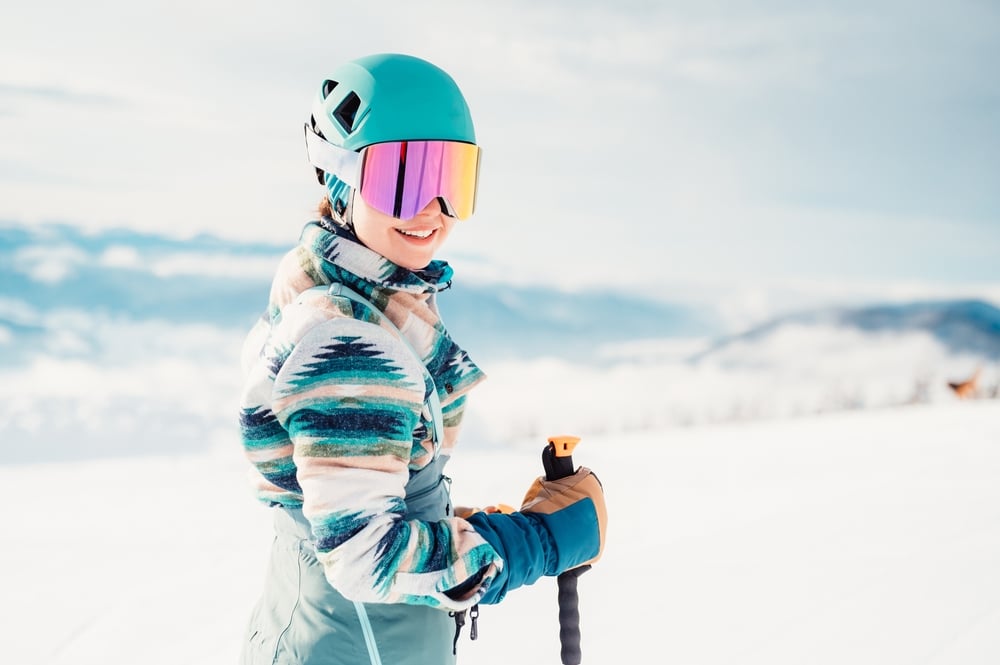Table of Contents
When it comes to skiing, nothing is more important than staying comfortable and warm on the slopes. The thrill of carving through fresh powder can quickly turn into discomfort if you’re not properly dressed for the cold. That’s why having the right skiing gear and understanding the essential layering system is crucial for anyone hitting the mountains. By layering your clothing effectively, you can manage your body temperature, stay dry, and enjoy your time outdoors without worrying about the elements. In this guide, we’ll break down the key components of ski clothing, from base layers to outer layers, and highlight how to choose the right materials, like merino wool, and how to wear ski layers to keep yourself warm, dry, and comfortable no matter how harsh the conditions.
Base Layer: Moisture Management
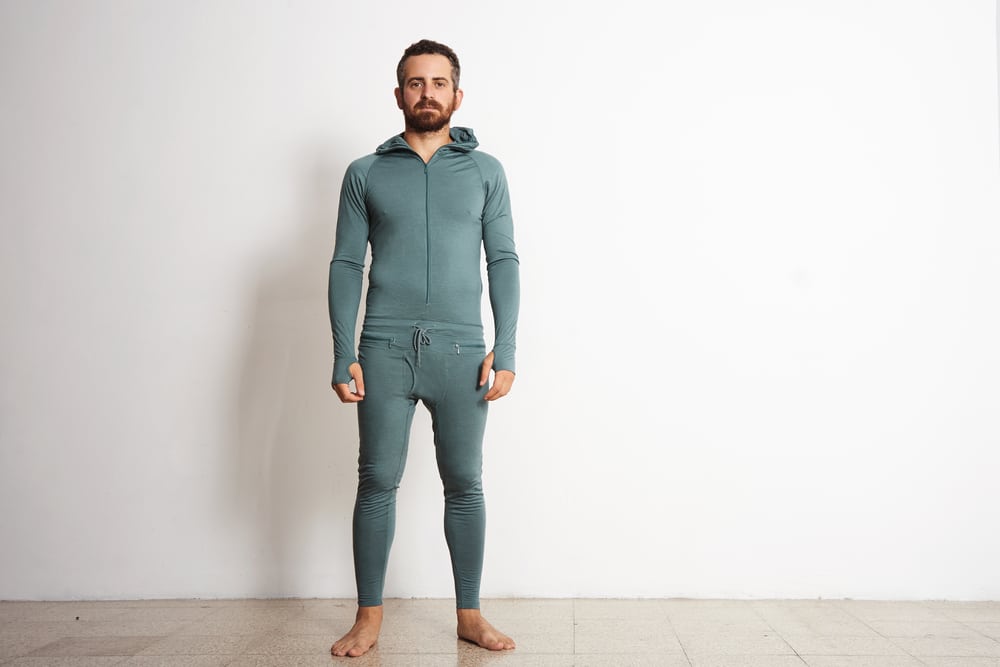
The base layers are the first line of defense against the cold and the foundation of your layering system. The primary function of base layers is to wick away moisture from your skin, preventing sweat from making you cold. Merino wool is an excellent material for base layers because it naturally wicks away sweat and is highly breathable. Unlike synthetic materials, merino wool is also odor-resistant, making it a great choice for long days on the slopes.
When selecting base layers, it’s essential to choose ones that fit snugly against your skin. A well-fitting base layer made of merino wool will wick away moisture effectively, ensuring you stay warm and dry even when you’re exerting yourself. Remember, keeping sweat away from your body is crucial to retaining body heat.
Merino Wool
Known for its softness, breathability, and natural moisture-wicking properties, merino wool is a popular choice for base layers. It also has the added benefit of being odor resistant.
Synthetic Fabrics (e.g., Polyester, Nylon)
Synthetic materials are excellent at wicking moisture and are generally more affordable than wool. They dry quickly and are durable, making them a good option for intense skiing sessions.
Mid Layer: Insulation for Retaining Body Heat
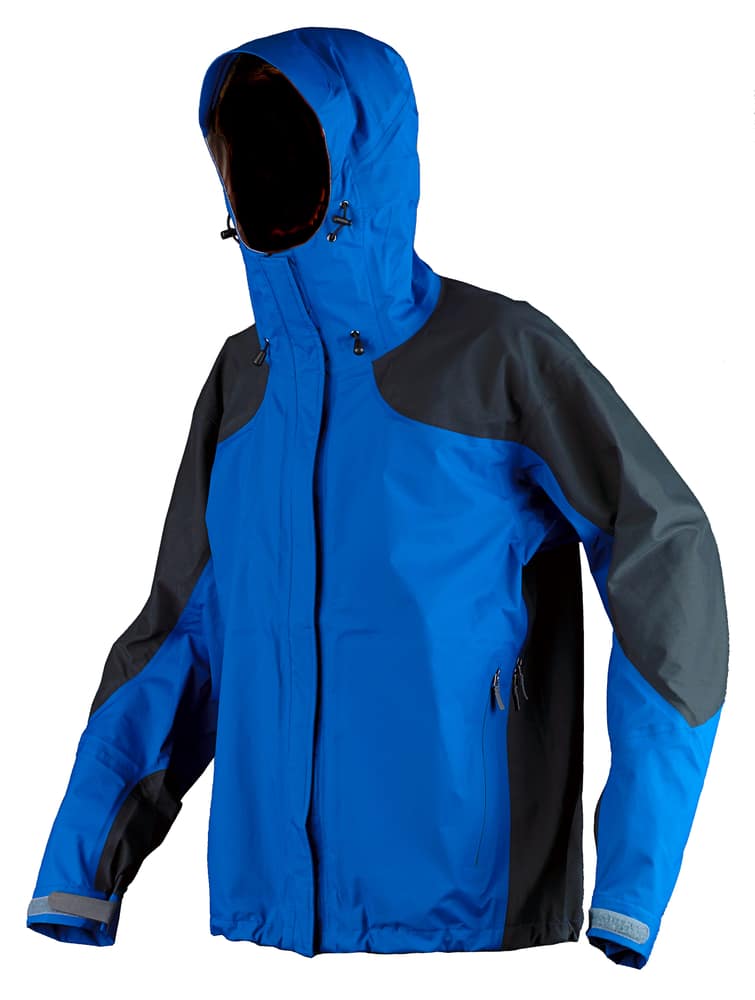
The mid-layer is all about insulation. This layer is responsible for trapping body heat and keeping you warm. Fleece is a popular choice for the mid-layer because it provides excellent insulation while remaining lightweight. Fleece jackets are particularly effective as they offer a good balance of warmth and breathability, allowing excess heat and moisture to escape.
When choosing a mid-layer, look for materials that are thick enough to retain body heat but not so bulky that they restrict movement. Fleece jackets are a fantastic option because they can be easily layered without adding too much bulk. Additionally, fleece wicks away sweat from the base layers, further contributing to your overall comfort.
Fleece
Fleece is a popular mid-layer material because it’s lightweight, breathable, and provides excellent insulation. It’s perfect for mild to moderate cold conditions.
Down
Down insulation is unmatched in terms of warmth-to-weight ratio. It’s ideal for extremely cold conditions, but it can lose its insulating properties if it gets wet, so it’s best used in dry conditions or under a waterproof outer shell.
Synthetic Insulation
Synthetic insulated jackets, such as those filled with PrimaLoft or Thinsulate, are designed to retain heat even when wet. They’re versatile and perform well in a variety of conditions.
Outer Layer: Protection Against the Elements
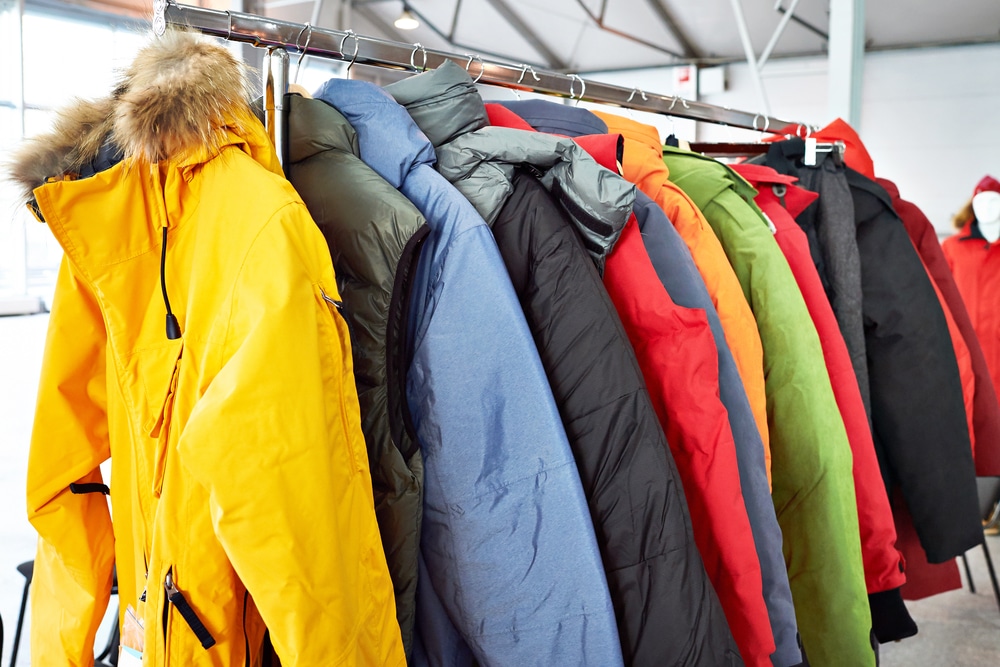 Wear the outer ski layers, which is your shield against the elements. This layer includes your ski jacket and jackets and pants that are designed to protect you from wind, snow, and rain while allowing sweat to escape. A high-quality ski jacket should be waterproof, windproof, and made from breathable fabric to ensure that you stay warm and dry throughout your skiing adventure.
Wear the outer ski layers, which is your shield against the elements. This layer includes your ski jacket and jackets and pants that are designed to protect you from wind, snow, and rain while allowing sweat to escape. A high-quality ski jacket should be waterproof, windproof, and made from breathable fabric to ensure that you stay warm and dry throughout your skiing adventure.
When selecting an outer layer, it’s important to choose ski clothing that fits well over your mid-layer and base layers without feeling too tight. A well-fitting ski jacket and jacket and pants will provide maximum protection against the cold and ensure that your layering system functions as intended.
Hardshell Jackets
Hardshells are fully waterproof and windproof, providing maximum protection in harsh weather conditions. They are usually made from Gore-Tex or similar breathable membranes, ensuring that moisture from sweat can escape while keeping external moisture out.
Softshell Jackets
Softshells offer a balance between weather protection and breathability. They’re not as waterproof as hard shells but are more breathable and flexible, making them ideal for high-intensity activities in milder conditions.
Insulated Jackets
Some outer layers come with built-in insulation, combining the mid and outer layers into one. These are great for extremely cold conditions but can be less versatile if you need to adjust your layers throughout the day. Wear ski layers properly and make your skiing adventures more safe and comfortable.
Another common question asked by skiers is, “What to wear for skiing“? Make an informed decision, choose the right gear, and stay warm, safe, and comfortable on the slopes.
Accessories: Final Touches for Warmth
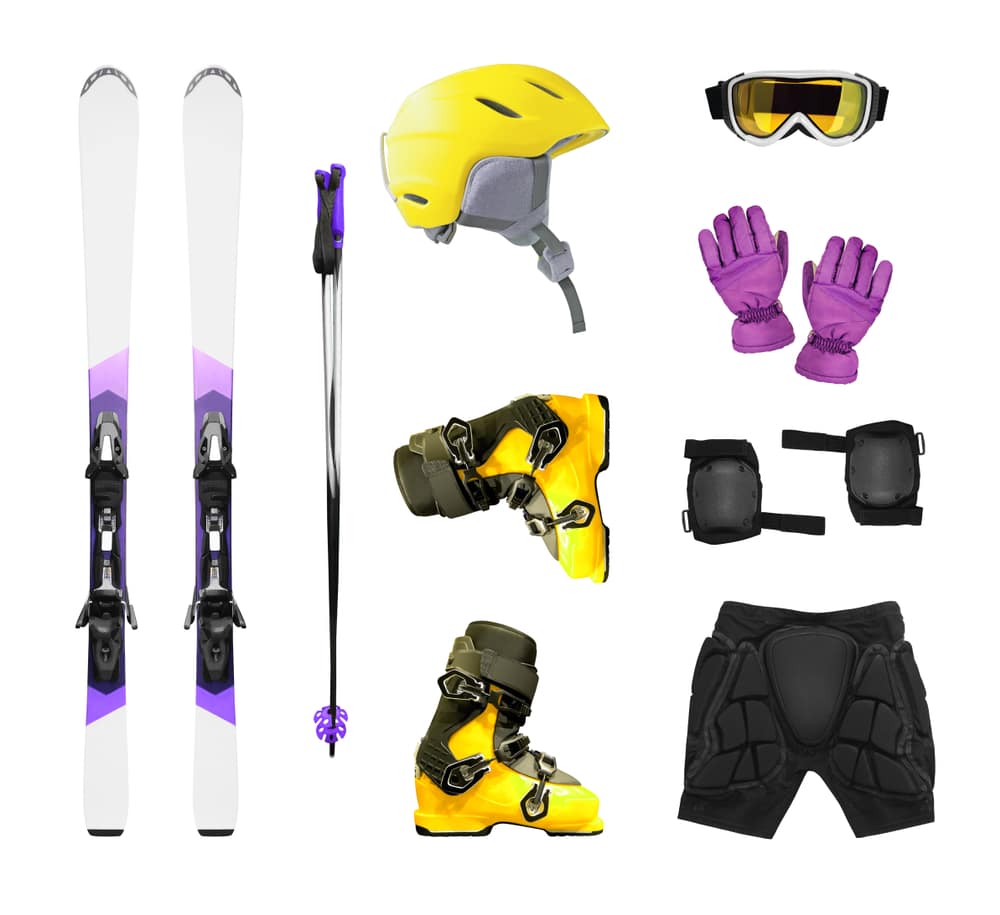
In addition to the three main layers, several accessories are crucial for maintaining warmth and comfort:
Ski Socks
Invest in high-quality ski socks made from merino wool or synthetic materials. They should be warm, breathable, and moisture-wicking, with a snug fit to prevent blisters.
Gloves or Mittens
Choose insulated, waterproof gloves or mittens to keep your hands warm and dry. Mittens are generally warmer, while gloves offer better dexterity.
Neck Gaiter or Balaclava
A neck gaiter or balaclava provides additional warmth and protection for your neck and face, especially in windy conditions.
Helmet and Beanie
A helmet is essential for safety on the slopes, but it also helps retain heat. Underneath your helmet, a thin, moisture-wicking beanie adds an extra layer of warmth.
Goggles
Ski goggles protect your eyes from wind, snow, and UV rays. Choose goggles with lenses suited for the weather conditions, such as low-light lenses for cloudy days and darker lenses for sunny conditions.
Conclusion
Achieving ultimate comfort and warmth on the slopes requires a thoughtful selection of to-wear ski layers. By combining a moisture-wicking base layer, an insulating mid layer, and a weather-protective outer layer, you can stay warm and dry in a variety of conditions. Don’t forget the importance of quality accessories like gloves, socks, and goggles to complete your ski outfit. With the right gear, you’ll be well-equipped to enjoy your time on the mountain, no matter the weather.

